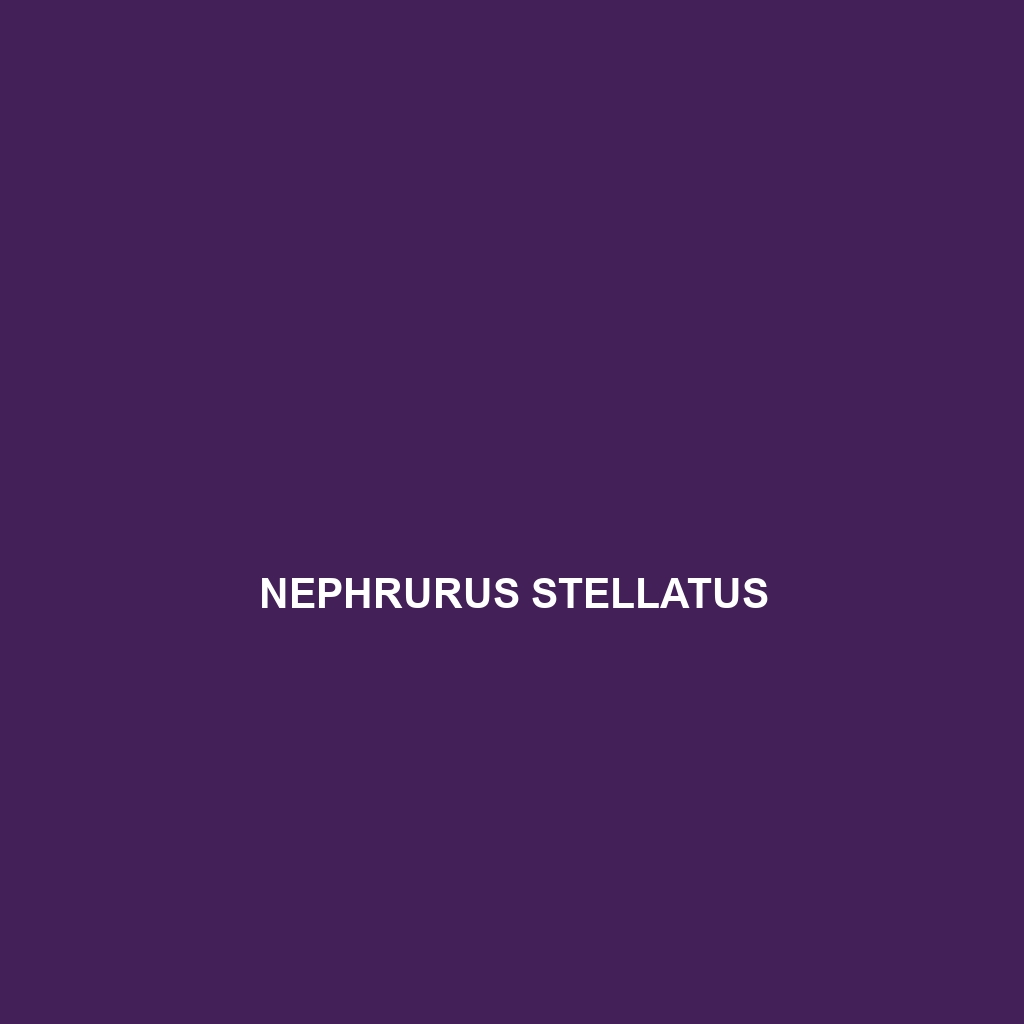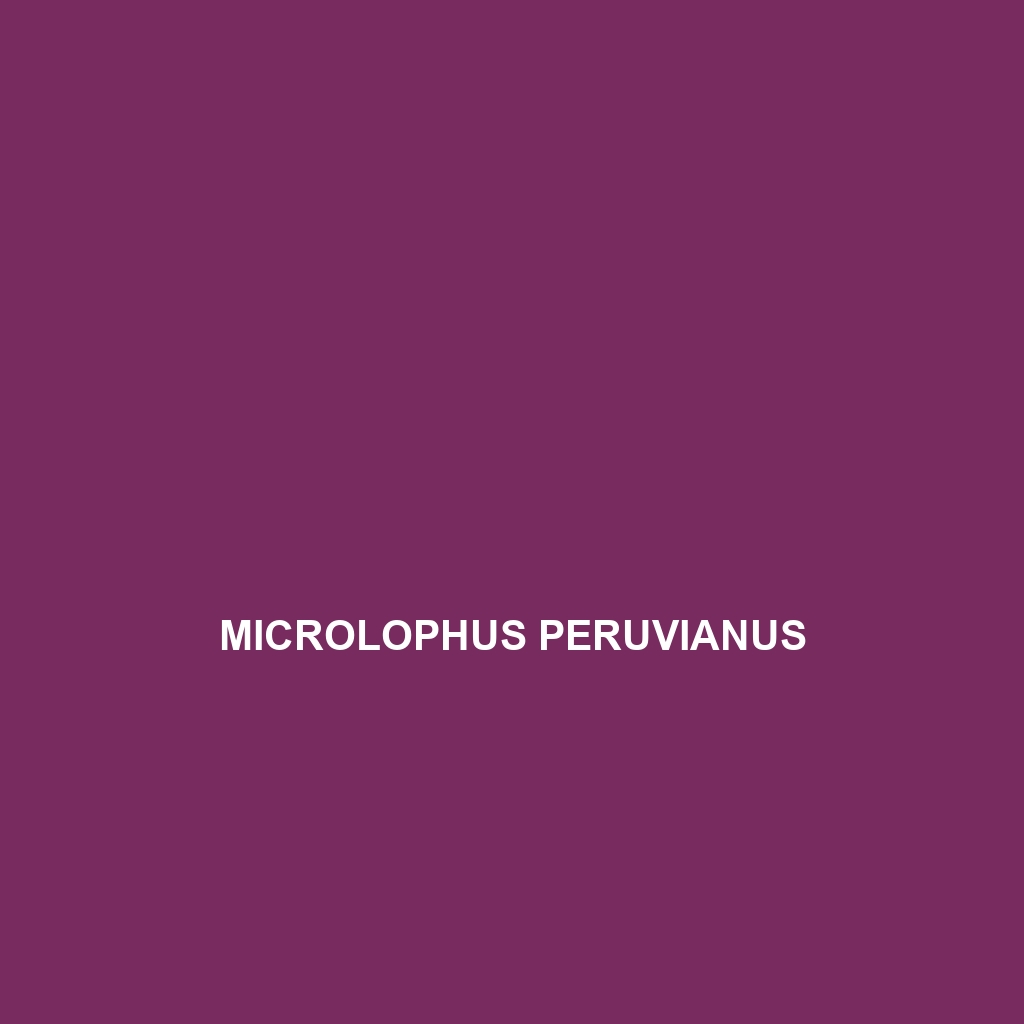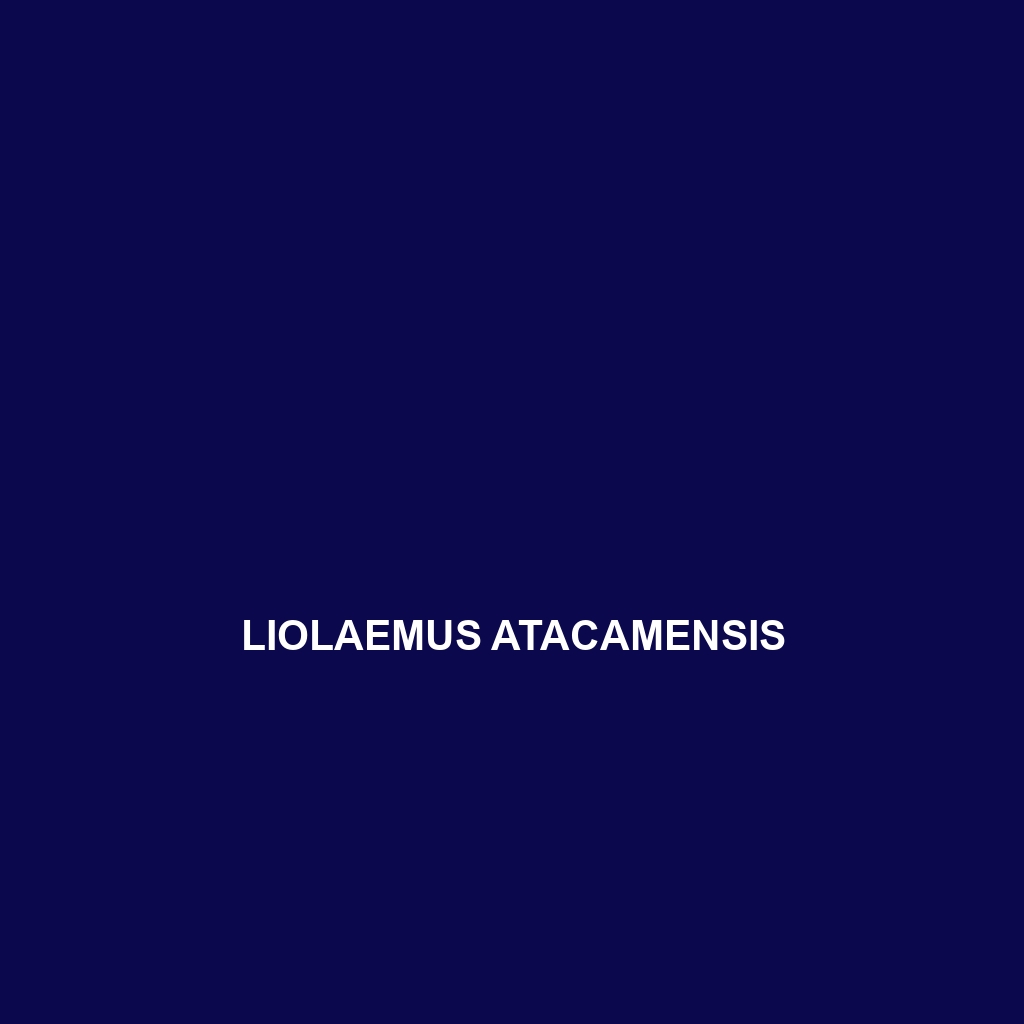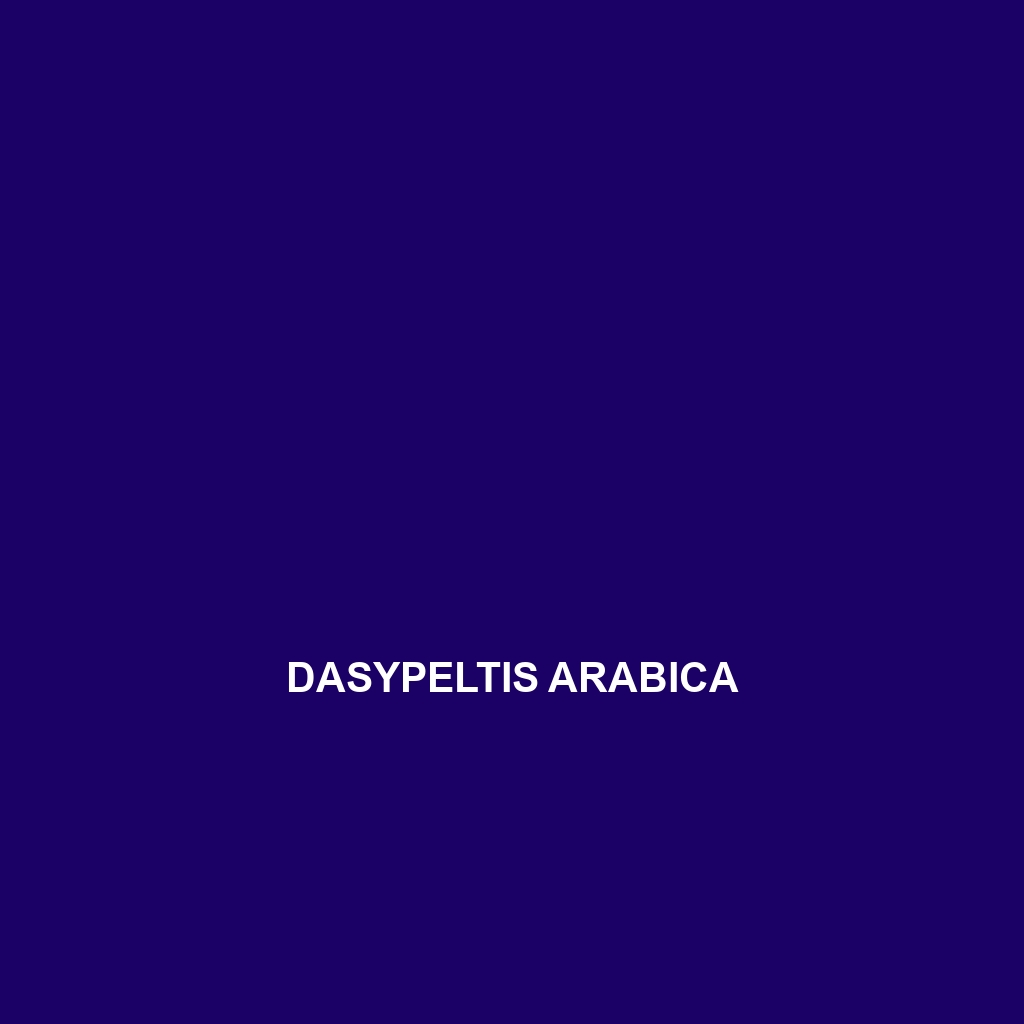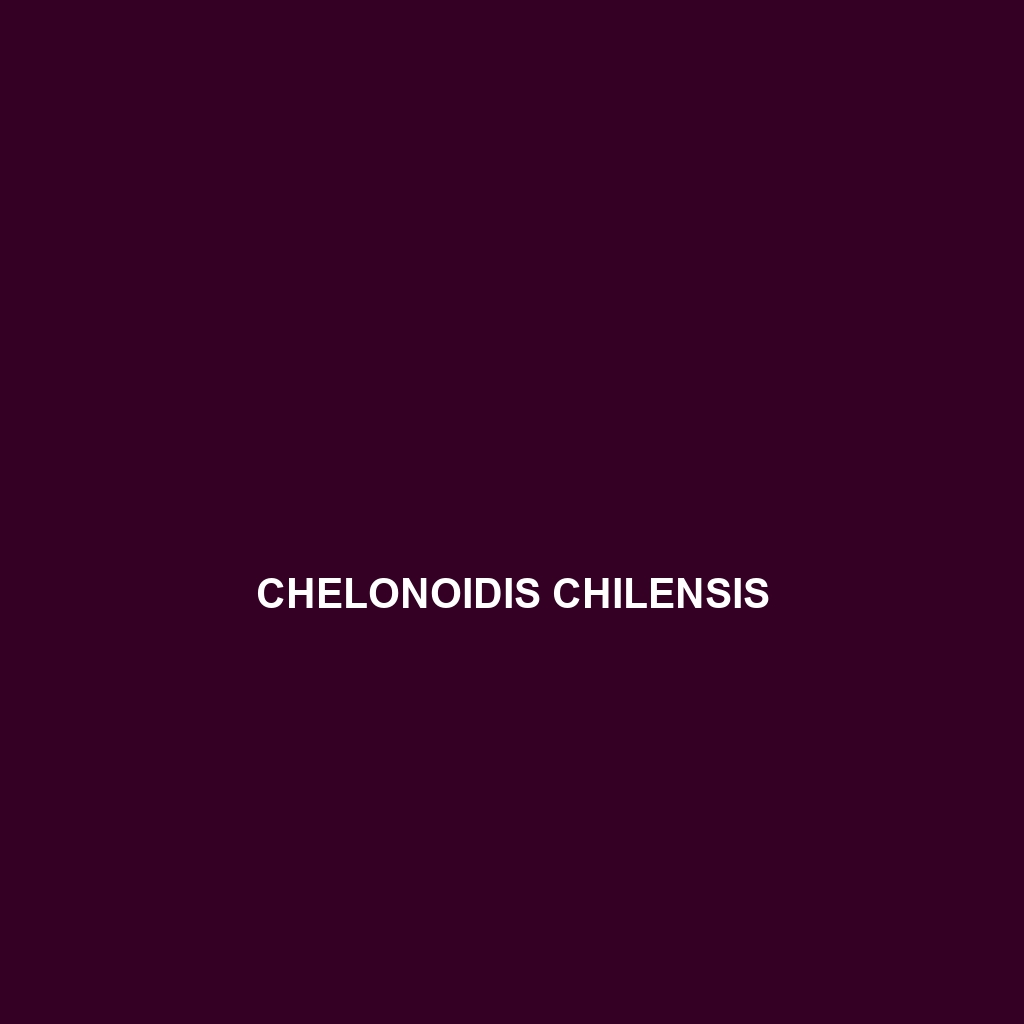<p><b>Ptyodactylus orlovi</b>, commonly known as Orlov's Gecko, is a medium-sized, nocturnal insectivore native to the rocky and arid regions of Northern Africa, particularly Tunisia and Algeria. This adaptable gecko features large toe pads for climbing and plays a crucial role in its ecosystem by controlling insect populations.</p>
Tag: arid environment
Ptyodactylus orlovi
<p><b>Ptyodactylus orlovi</b>, commonly known as Orlov's Gecko, is a medium-sized, nocturnal insectivore native to the rocky and arid regions of Northern Africa, particularly Tunisia and Algeria. This adaptable gecko features large toe pads for climbing and plays a crucial role in its ecosystem by controlling insect populations.</p>
Nephrurus stellatus
The Nephrurus stellatus, or star-tracel gecko, is a resilient insectivorous species native to Australia's arid regions, known for its distinctive star-like patterned skin, nocturnal behavior, and adaptive abilities to thrive in harsh climates. This gecko plays a crucial role in its ecosystem by controlling insect populations and serving as prey for larger predators.
Microlophus peruvianus
Discover the Microlophus peruvianus, also known as the Peruvian lizard, a striking 15 to 25 cm long reptile renowned for its vibrant colors and remarkable adaptability in the coastal habitats of Peru. This diurnal, insectivorous lizard plays a crucial role in its ecosystem by controlling insect populations and serving as prey for larger predators.
Liolaemus atacamensis
<p><b>Liolaemus atacamensis</b>, also known as the Atacama Lizard, is a resilient species native to the arid regions of Chile's Andean mountains and the Atacama Desert. With physical adaptations for survival in extreme environments and a diet primarily consisting of invertebrates, this fascinating lizard plays a crucial role in its ecosystem.</p>
Dasypeltis arabica
Introducing the Arabian Egg-eating Snake (Dasypeltis arabica), a medium-sized snake native to the arid regions of the Arabian Peninsula. Known for its ability to consume bird eggs whole, this resilient species features a slender body, smooth scales, and is primarily active during the day, playing a vital role in regulating bird populations within its ecosystem.
Cyrtodactylus kimberleyensis
Cyrtodactylus kimberleyensis, commonly known as the Kimberley rock gecko, a medium-sized, nocturnal gecko native to Australia's rugged Kimberley region. With a distinctive sandy brown to gray coloration and agile climbing abilities, this species plays a vital role in controlling insect populations while adapting to its rocky habitat.
Ctenotus zastictus
This stunning Ctenotus zastictus, native to Australia’s arid regions, features a slender body measuring 10-15 cm, with distinctive brown or grey stripes for camouflage. An agile, diurnal insectivore, it plays a vital role in controlling pest populations while contributing to healthy ecosystems through its burrowing behavior.
Chersobius boulengeri
Discover the remarkable Chersobius boulengeri, or Boulenger's tortoise, a vibrant, herbivorous tortoise native to the arid landscapes of southern Africa, known for its striking yellow-orange limbs and solitary, crepuscular behavior. With a Vulnerable conservation status, this small tortoise plays a crucial role in its ecosystem by aiding in seed dispersal and promoting plant biodiversity.
Chelonoidis chilensis
Discover the Chelonoidis chilensis, or Chilean tortoise, a large herbivorous reptile native to the dry habitats of central and southern Chile. Known for its distinct domed carapace and vital role in seed dispersal, this species is currently classified as Vulnerable due to habitat loss and illegal trade.


